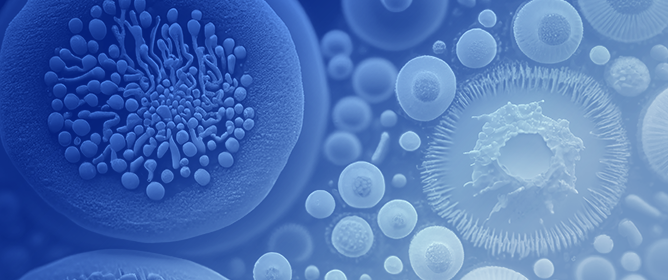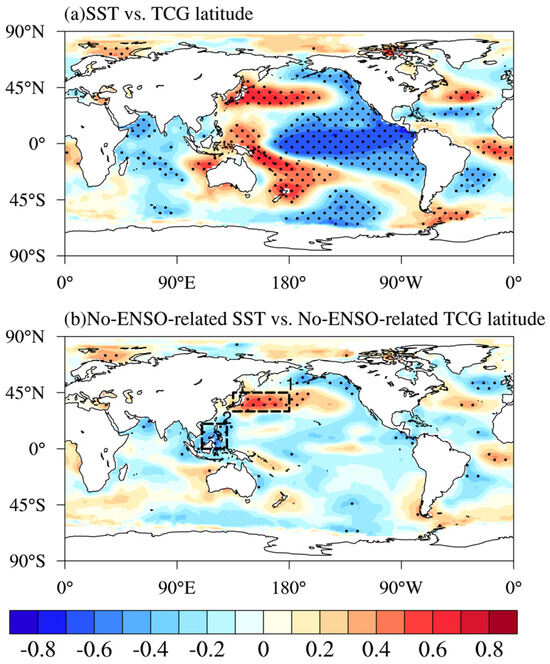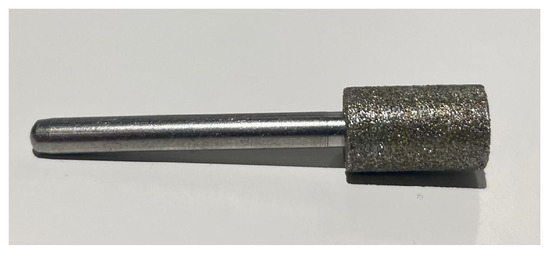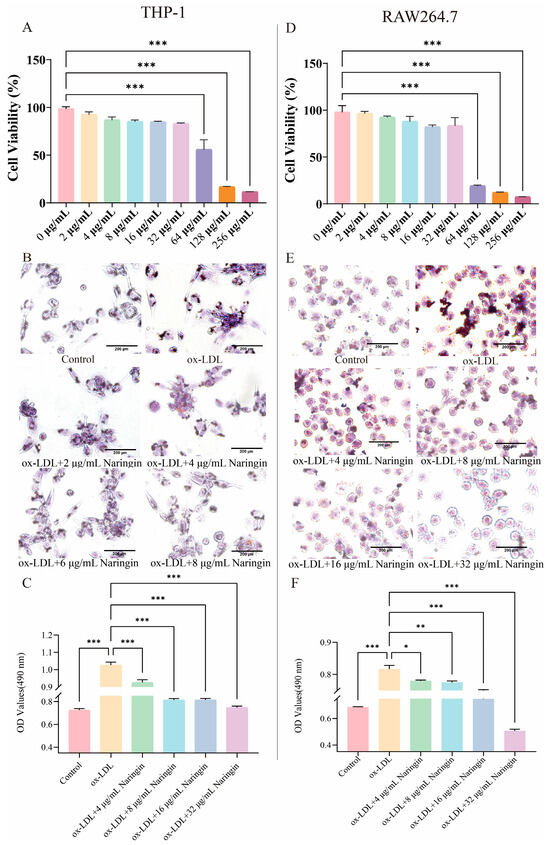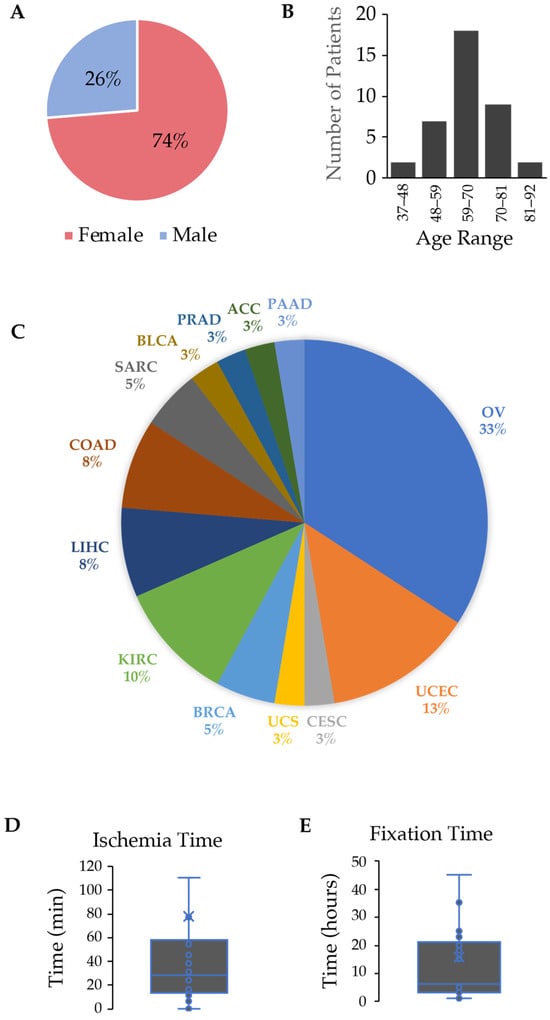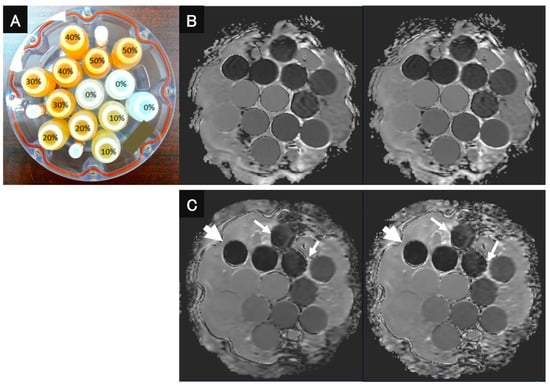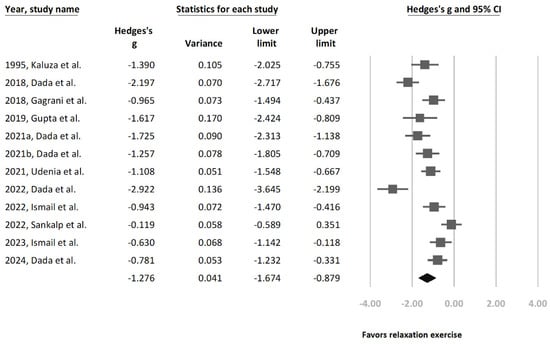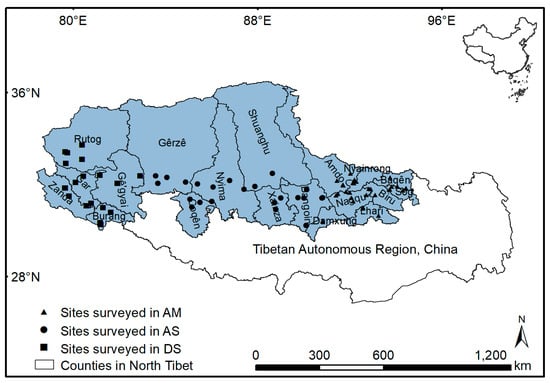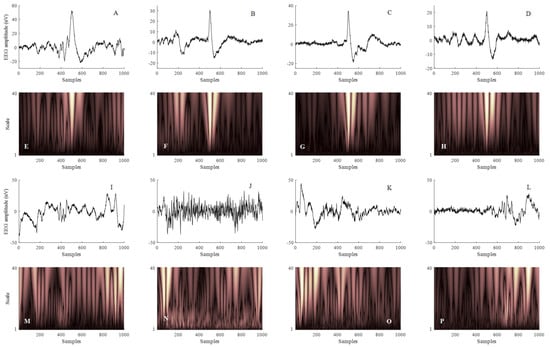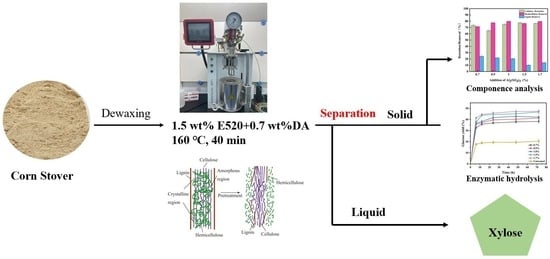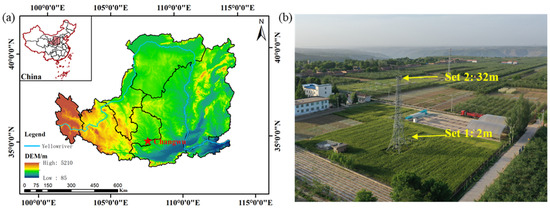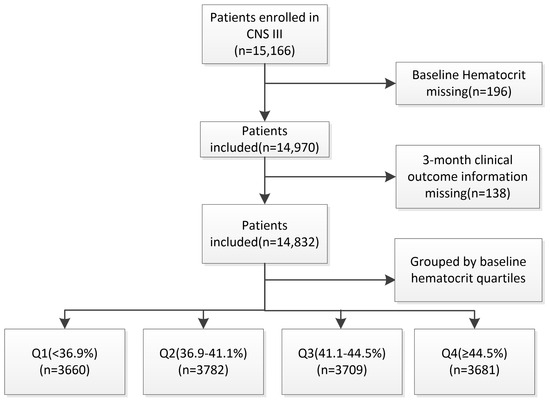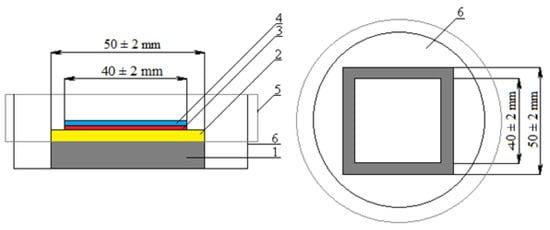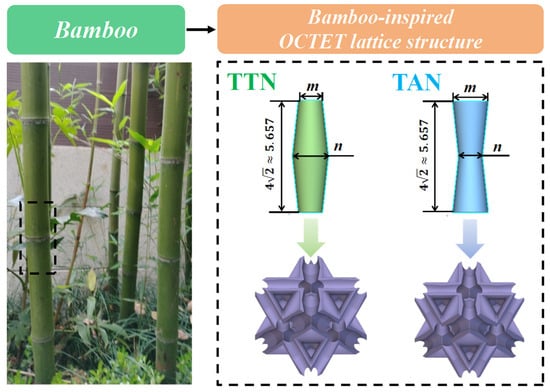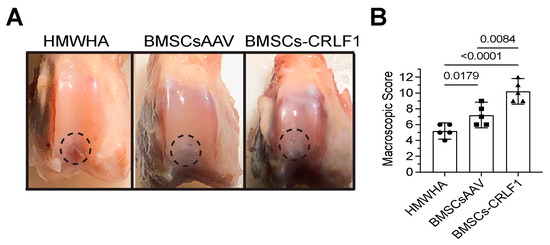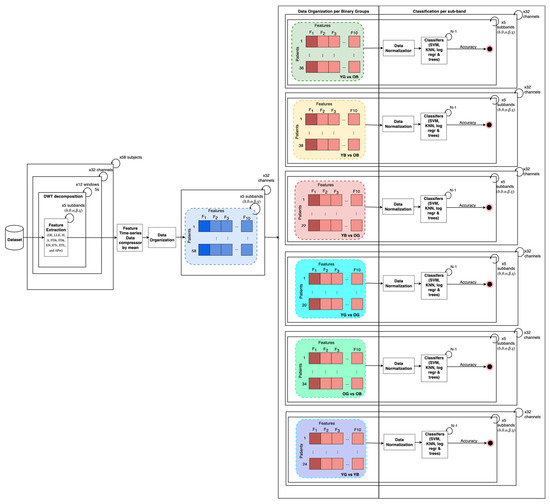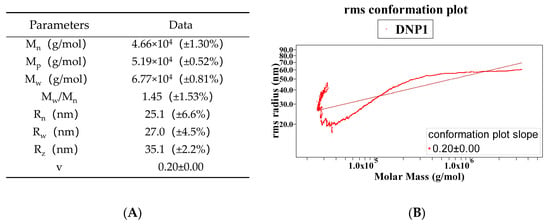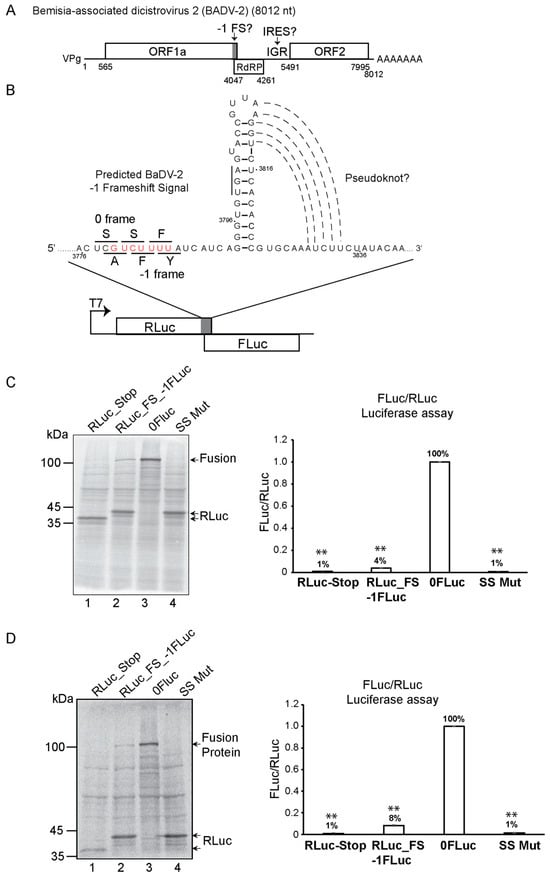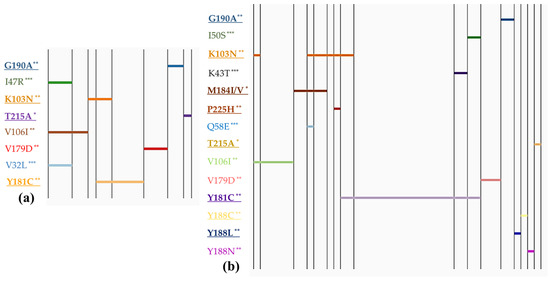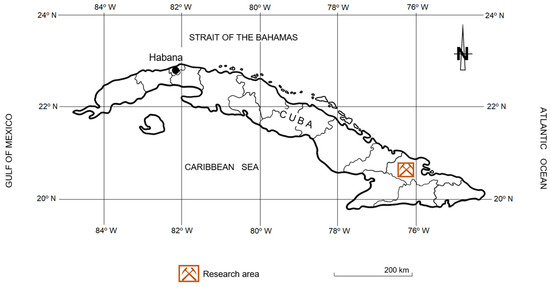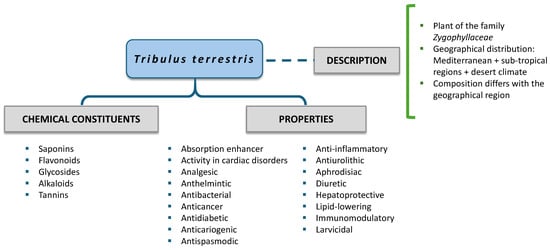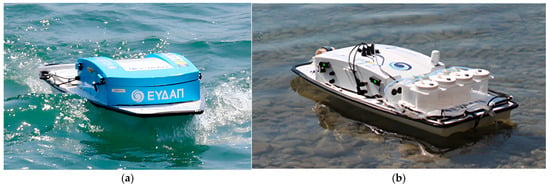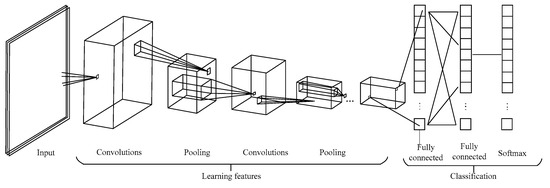Objective: The aim of this study was to synthesize the available evidence on the clinical efficacy of different relaxation exercises on intraocular pressure (IOP) reduction.
Methods: A systemic search of PubMed, Embase, Cochrane CENTRAL, and Web of Science was undertaken from
[...] Read more.
Objective: The aim of this study was to synthesize the available evidence on the clinical efficacy of different relaxation exercises on intraocular pressure (IOP) reduction.
Methods: A systemic search of PubMed, Embase, Cochrane CENTRAL, and Web of Science was undertaken from the earliest record to 10 April 2024. Peer-reviewed studies that reported on healthy individuals and glaucoma patients engaging in relaxation exercises for at least three weeks were included. The primary outcome was changes in IOP levels from baseline, before the commencement of relaxation exercises, to post-exercise. Our statistical analysis employed a random-effects model, with effect sizes reported using Hedges’ g.
Results: Twelve studies were included, totaling 764 eyes (mean participant age ranging from 21.07 to 69.50 years). Relaxation exercises significantly reduced IOP, with Hedges’ g being −1.276 (95% CI: −1.674 to −0.879) and I
2 = 84.4%. Separate subgroup analyses showed that breathing exercises (Hedges’ g = −0.860,
p < 0.0001), mindfulness-based stress reduction (MBSR) (Hedges’ g = −1.79,
p < 0.0001), and ocular exercises (Hedges’ g = −0.974,
p < 0.0001) were associated with reduced IOP levels. The reduction in IOP following the relaxation exercises was found to be associated with baseline IOP either greater than (Hedges’ g = −1.473,
p < 0.0001) or less than 21 mmHg (Hedges’ g = −1.22,
p < 0.0001). Furthermore, this effect persisted with follow-up durations of less than (Hedges’ g = −1.161,
p < 0.0001) and more than one month (Hedges’ g = −1.324,
p < 0.0001).
Conclusions: The current meta-analysis indicates that relaxation exercises can significantly reduce IOP levels. Relaxation exercises are a potential class of novel treatments for glaucoma patients that deserve further evaluation.
Full article
 IJMS
IMPACT
IJMS
IMPACT Applied Sciences
IMPACT
Applied Sciences
IMPACT Sustainability
IMPACT
Sustainability
IMPACT Sensors
IMPACT
Sensors
IMPACT JCM
IMPACT
JCM
IMPACT Energies
IMPACT
Energies
IMPACT Molecules
IMPACT
Molecules
IMPACT Materials
IMPACT
Materials
IMPACT Remote Sensing
IMPACT
Remote Sensing
IMPACT Cancers
IMPACT
Cancers
IMPACT Electronics
IMPACT
Electronics
IMPACT Mathematics
IMPACT
Mathematics
IMPACT Foods
IMPACT
Foods
IMPACT Buildings
IMPACT
Buildings
IMPACT Plants
IMPACT
Plants
IMPACT Nutrients
IMPACT
Nutrients
IMPACT Animals
IMPACT
Animals
IMPACT Polymers
IMPACT
Polymers
IMPACT Water
IMPACT
Water
IMPACT Diagnostics
IMPACT
Diagnostics
IMPACT Biomedicines
IMPACT
Biomedicines
IMPACT Agronomy
IMPACT
Agronomy
IMPACT Microorganisms
IMPACT
Microorganisms
IMPACT Processes
IMPACT
Processes
IMPACT Healthcare
IMPACT
Healthcare
IMPACT Forests
IMPACT
Forests
IMPACT Cells
IMPACT
Cells
IMPACT JMSE
IMPACT
JMSE
IMPACT Medicina
IMPACT
Medicina
IMPACT Viruses
IMPACT
Viruses
IMPACT Agriculture
IMPACT
Agriculture
IMPACT Nanomaterials
IMPACT
Nanomaterials
IMPACT IJERPH
IJERPH
 Land
IMPACT
Land
IMPACT Pharmaceutics
IMPACT
Pharmaceutics
IMPACT Pharmaceuticals
IMPACT
Pharmaceuticals
IMPACT Religions
IMPACT
Religions
IMPACT Biomolecules
IMPACT
Biomolecules
IMPACT Life
IMPACT
Life
IMPACT Micromachines
IMPACT
Micromachines
IMPACT Atmosphere
IMPACT
Atmosphere
IMPACT Antioxidants
IMPACT
Antioxidants
IMPACT Genes
IMPACT
Genes
IMPACT Metals
IMPACT
Metals
IMPACT Symmetry
IMPACT
Symmetry
IMPACT Children
IMPACT
Children
IMPACT Coatings
IMPACT
Coatings
IMPACT Vaccines
IMPACT
Vaccines
IMPACT Horticulturae
IMPACT
Horticulturae
IMPACT Education Sciences
IMPACT
Education Sciences
IMPACT Minerals
IMPACT
Minerals
IMPACT Brain Sciences
IMPACT
Brain Sciences
IMPACT JPM
IMPACT
JPM
IMPACT Bioengineering
IMPACT
Bioengineering
IMPACT



